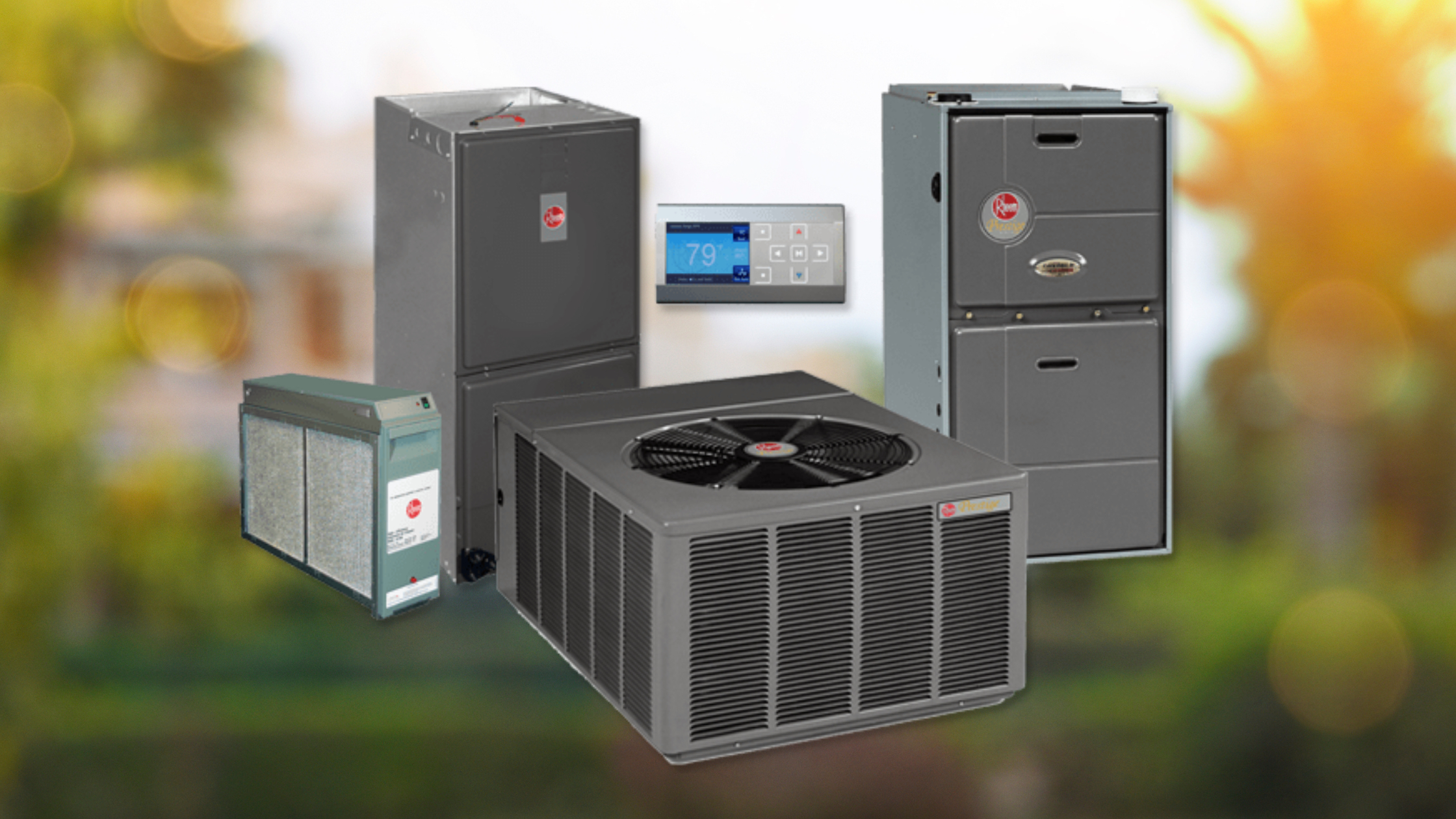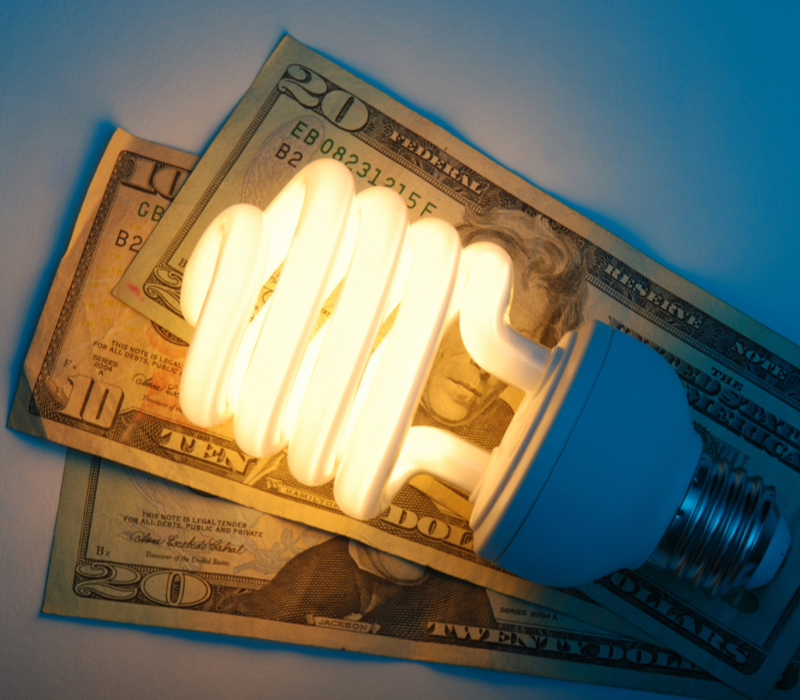5 More Ways To Save On Your Heating Bill
September 29, 2021Why is my Furnace Making Noises?
October 13, 2021
Your house’s HVAC system is one of the most essential parts of your home. This system ensures that your house has optimal temperatures and quality air exchange between indoor and outdoor spaces. It is important to make sure it is always working in its best condition, and when it’s not, you know how to troubleshoot the problem.
Replacing the Air Filters
We all may forget to do this one from time to time but we must try to stay on top of it. Clogged, old, and dirty air filters are the common causes of inefficient HVAC. Therefore, it’s the first troubleshooting tip you should know. Filters should be changed after 90 days. This can be done sooner however if they are getting worn out sooner.
Clearing Debris from the Outdoor Unit
Problems don’t always start indoors. Since your outdoor unit is usually in the vicinity of grass and trees, it runs the risk of accumulating leaves, branches, and other particles over time. These can obstruct the free flow of air as it moves indoors, affecting air quality and cooling capabilities. You can open the outdoor unit to clear away any troublesome objects getting in the way. It is also recommended to maintain the surrounding vegetation to help prevent problems from reoccurring.
Cleaning indoor vents, ducts, and registers
Just as the outside can get clogged up, so can the inside. The air pushes dirt and dust all through your home. This movement can contribute to blockage in your vents and registers. While the registers are easy enough to do on your own, it is recommended that you seek professional help for the others.
Checking the thermostat
Not all HVAC problems are physical, some can originate from your thermostat. Make sure you check the batteries first if you are having power issues, but if problems continue to persist it may be time to replace it. If resetting temperatures has no effect, consult a professional.
Checking circuit Breakers and Power Supply
If your AC unit is failing to turn on, it could be a power issue. Inspect connecting electrical supply cords to see if they are in place. On the other end, make sure your circuit breaker is in order. Sometimes power overload can cause the circuit breakers to cut the power supply.


